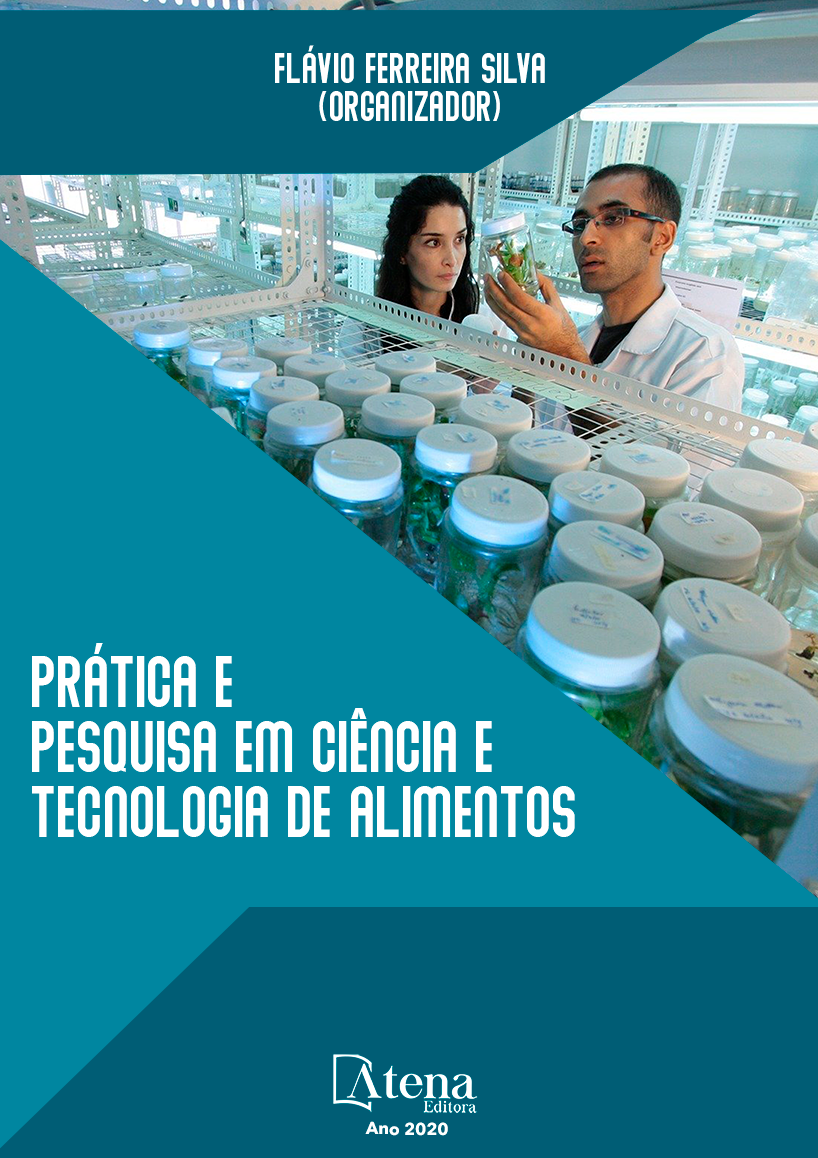
ELABORAÇÃO DE BISCOITOS TIPO COOKIE ADICIONADOS DE FARINHA DE BAGAÇO DE MALTE E LARANJA.
O bagaço de malte é o principal
subproduto do processo de fabricação de
cerveja. Visando aproveitar o potencial nutritivo
do bagaço de malte, este trabalho teve
como objetivo avaliar a aceitação de cookies
elaborados com substituição parcial da farinha
de trigo pela farinha de bagaço de malte, com
raspas de casca de laranja. Inicialmente foi
realizada uma pesquisa de mercado com o
objetivo de avaliar o interesse do consumidor
por esse tipo de produto. Posteriormente
foram elaborados três tratamentos com 15%,
30% e 50% de farinha de bagaço de malte,
os quais foram avaliados quanto aos atributos
sensoriais (aparência, cor, odor, sabor, textura,
e aceitação global) e intenção de compra. Em
relação à pesquisa de mercado foi observado
que o consumo de farinha de malte não está
presente na alimentação dos entrevistados, no
entanto, as pessoas têm interesse em consumir
este tipo de produto. Os resultados da análise
sensorial mostraram que em relação ao atributo
aparência não houve diferença estatística, já os
atributos cor, odor, sabor, textura e impressão
global houve diferenças estatísticas entre os tratamentos, sendo os tratamentos com
15% e 30% de farinha de malte que apresentaram as maiores médias, referente ao
termo hedônico gostei muito. O teste de intenção de compra também mostrou que
os tratamentos com 15% e 30% de farinha de malte tiveram maior aceitabilidade,
pois apresentaram as maiores médias referentes ao termo hedônico “provavelmente
compraria. Os resultados mostram a possibilidade de utilização da farinha de bagaço
de malte em até 30% na elaboração de biscoitos tipo cookie.
ELABORAÇÃO DE BISCOITOS TIPO COOKIE ADICIONADOS DE FARINHA DE BAGAÇO DE MALTE E LARANJA.
-
DOI: 10.22533/at.ed.13920100212
-
Palavras-chave: biscoito, bagaço de malte, sensorial.
-
Keywords: cookie, malt bagasse flour, sensory.
-
Abstract:
Malt bagasse is the main by-product of the brewing process. Aiming to
take advantage of the nutritional potential of beer industrial residues, this study aimed
to evaluate cookies with partial replacement of wheat flour for malt bagasse flour, with
orange peel, performing sensory tests, seeking to know the acceptance of cookies.
Initially, a market research was conducted with the objective of evaluating consumer
interest for this type of product. Were prepared three formulations with 15, 30 and 50%
of malt bagasse flour, which were characterized according to their sensory attributes
(appearance, color, texture, aroma, flavor and overall acceptance) and purchase
intent. Regarding market research it was observed that the consumption of malt flour
is not present in the diet of respondents, however, people are interested in consuming
this type of product. The results of the sensory analysis showed that in relation to
the appearance attribute there was no statistical difference, while the attributes color,
odor, taste, texture and overall impression were statistically different between the
treatments, being the treatments with 15% and 30% malt flour, who presented the
highest averages, referring to the term hedonic I liked a lot. Purchase intention testing
also showed that treatments with 15% and 30% malt flour had higher acceptability, as
they had the highest averages for the hedonic term “would probably buy. The results
show the possibility of using malt bagasse flour up to 30% in the preparation of cookies.
-
Número de páginas: 12
- Helen Caroline Figueiredo
- Alice Fontana Belinazo
- Eduarda Maidana
- Karem Rodrigues Vieira
- Vanessa Pires da Rosa
- Andréia Cirolini
- Suelem Lima


